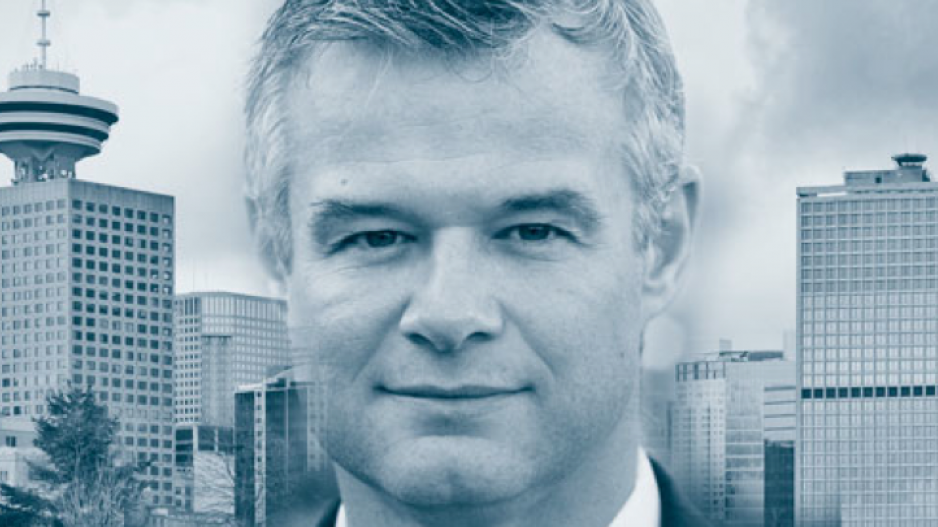I started in this business in 1996, and at the time I was too dumb to know what a speculative bull market looked like. 1997 rolled around and everything mining was golden.
Vancouver Stock Exchange mining and especially precious metals stocks were going up hundreds of per cent, on hardly any news, making four, five or 10 baggers in market parlance. Speculative bubbles start with a solid and legitimate reason. In the case of mining it is a commodity price that starts to move or a great discovery. All speculative bubbles, no matter the sector, ultimately end in a bust, many times initiated by a fraud that becomes apparent only as the bull market wanes. It was the spring of 1997 that proved Bre-X to be a fraud. You see, in bull markets it’s easy to make money, and people mistake brains for the bull market. It’s easy to commit fraud because everyone is making money, but it’s not until the tide goes out that we see who is swimming naked.
We manage the wealth of mining executives. Mining arguably is the most volatile sector in the world. Just ask any of the executives in Vancouver, the hub of junior exploration companies and even some of the largest miners in the world. Especially since much of one’s compensation is in stock options, it’s a sector that makes it hard to plan properly for retirement, especially if you retire near one of the extremes of the cycle. It’s very important for us to know where we are in the cycle, and that’s why we have honed our expertise by focusing on the mining clock.
Investec in South Africa seems to be the inventor of the mining clock, but information doesn’t travel very easily from South Africa to Vancouver. Therefore, we have perfected it so investors can avoid the boom-bust round trip that has exemplified the junior (Vancouver) mining cycle.
Knowing the cycle and buying when the sector is out of favour has been the hallmark of Peter Brown, Ross Beaty, Bob Disbrow and many other legendary Vancouver mining investors.
To use the clock analogy, from midnight to 3 a.m. was the period from 2011 to the capitulation period at the end of 2015. During this time, companies and stock prices go from boom to bust. At 1 a.m. is the initial shock, where investors just think it is a normal correction, to 3 a.m. where dividends are cut, assets are written down and companies are liquidated due to excessive debt.
This terrible time usually shakes most people out, many of whom will never return. From 4 a.m. to 6:30 a.m. companies recapitalize, debt falls, metal prices stabilize and cash takeovers start to occur. This coincides with early 2016 to late 2017.
In 2018, time stopped and even backed up a bit as the U.S. dollar continued to strengthen. At 7 a.m. we start to see initial public offerings of small mining companies, significant capital raises, increasing metals prices and rising exploration. As capital flows back into the sector, greed starts to take over and money is easy to find.
Corporate debt starts to increase at about 9 a.m., and at 10 a.m. stock prices have increased to the point where stock takeovers occur. This is when companies use their overvalued stock to take over someone else’s overvalued stock. It seems like a good idea at the time.
Aggressive selling seems to happen at about 11 a.m., and just for fun, right when the sector is beginning to implode, the government raises taxes. You see, government policy is reactionary, not proactive. Does Vancouver real estate ring any bells? It’s not its fault; it’s just the nature of how government works.
The mining clock is really an access-to-credit clock, and it can be used for the hottest of all sectors: cannabis.
What is happening in the market tells you where you are in the cycle.
What time do you think it is in cannabis land now? Fraud usually starts to show up near the end of a bubble; remember Enron during the tech bubble in 2001?
How about money laundering in the B.C. real estate market? So what time is it according to the mining clock right now? Well, Thompson Investment Partners figures we are at about 6:30 a.m. heading quickly toward 7 a.m., as capital is coming into the sector, this time by way of private placements.
As stewards of mining executive wealth, we must have a good grip on the most cyclical sector in the market. We aren’t there yet, but a few years down the road is when we start to initiate tax strategies to preserve wealth, transfer wealth and protect wealth. We’ll keep you abreast of how the time changes as we go along in this bull market.
For an interactive look at the mining clock, go to bobthompson.ca/mining-and-resource-executives.aspx. •
Bob Thompson is a financial adviser with Raymond James Ltd. Information provided is not a solicitation and, although obtained from sources considered reliable, is not guaranteed. The view and opinions contained in the article are those of the author, not of Raymond James Ltd.




